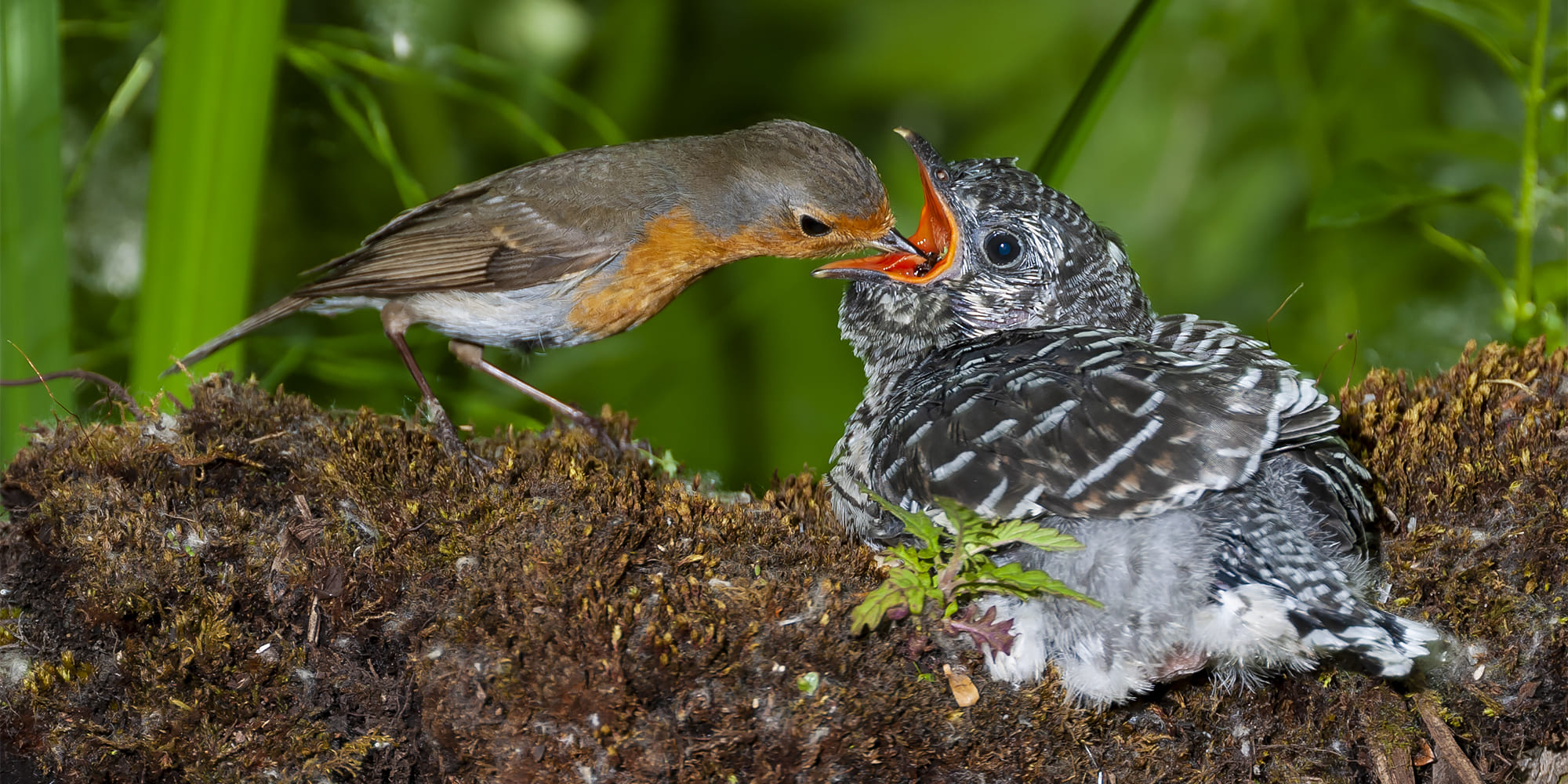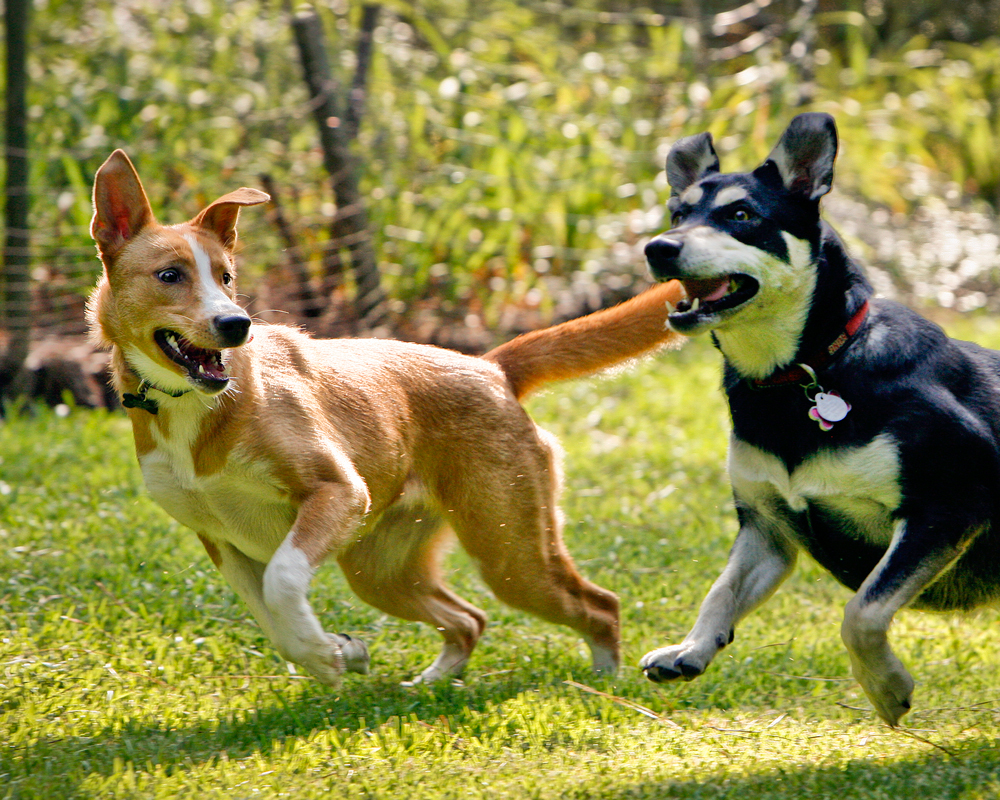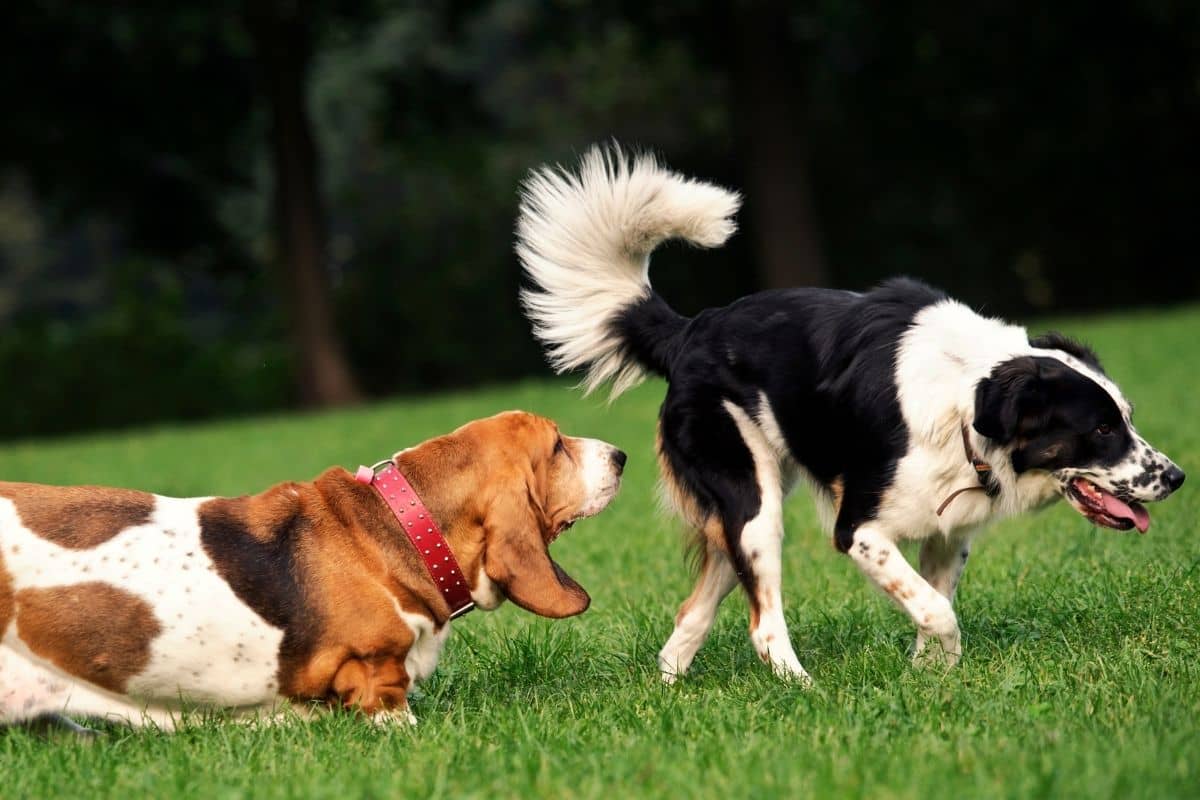Dogs bring us joy and happiness with their playful antics and wagging tails. As pet owners, it’s natural for us to wonder if our furry companions can experience laughter just like humans. While dogs may not laugh in the same way we do, they do have their own unique ways of expressing joy and happiness. In this article, we will explore the various signs and behaviors that indicate if your dog is experiencing a moment of laughter or pure delight.

Understanding Canine Body Language
- Tail Wagging: A wagging tail is often a clear indication that your dog is feeling happy and content. However, not all tail wags are the same. A relaxed, broad wag from side to side, often accompanied by a relaxed body posture, indicates a joyful state.
- Playfulness: Dogs love to play, and when they’re truly enjoying themselves, you may notice a lighthearted bounce in their steps, known as the “play bow.” This is a playful invitation to engage in a game or interactive fun.
- Smiling Mouth: Dogs can exhibit a smile-like expression by slightly pulling back their lips, exposing their front teeth. This relaxed and open-mouthed expression often signifies a sense of happiness and contentment.
- Bright Eyes: A dog’s eyes can speak volumes. When they’re joyful, their eyes appear bright, wide, and filled with enthusiasm. You may also notice a relaxed gaze and soft eye contact, which are signs of happiness.
Vocalizations and Sounds
- Panting: Dogs often pant when they’re hot or after physical activity, but they may also pant when they’re excited or happy. The panting may be accompanied by a relaxed facial expression and a wagging tail, indicating a joyful state.
- Playful Barking: Dogs may emit short bursts of high-pitched barks during playtime, especially when they’re excited and having fun. This vocalization is frequently accompanied by a wagging tail and a playful demeanor.
- Joyful Whining: Some dogs express their happiness through whining sounds. It’s a high-pitched, melodic sound that may be accompanied by jumping and tail wagging. This is a sign of pure excitement and pleasure.
Physical Displays of Happiness
- Rolling Over: When your dog flops over onto their back and exposes their belly, it’s a sign that they feel safe, comfortable, and playful in their environment. This behavior is often an invitation for belly rubs and indicates a sense of joy.
- Zoomies and Spinning: Dogs may experience sudden bursts of energy, commonly known as the “zoomies.” They may dash around in circles or run back and forth in a playful frenzy. This behavior demonstrates their excitement and happiness.
- Licking and Nudging: Dogs may show affection and happiness by licking their owners or gently nudging them with their nose. This physical contact is a way for dogs to express their love and bond with their human companions.
The Importance of Bonding and Positive Reinforcement
It’s important to note that while dogs exhibit various behaviors that resemble laughter, their primary goal is to connect with their human companions and express their happiness. Building a strong bond with your dog through positive reinforcement, playtime, and affectionate interactions will contribute to their overall well-being and happiness.
In conclusion, dogs may not laugh in the same way humans do, but they have their own unique ways of expressing joy and happiness. Understanding your dog’s body language, vocalizations, and physical displays will help you recognize and appreciate the moments when they are truly enjoying themselves. By nurturing a loving and positive relationship with your furry friend, you can create an environment where laughter and happiness thrive.


